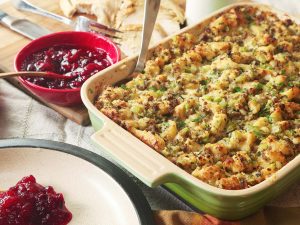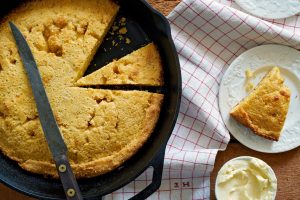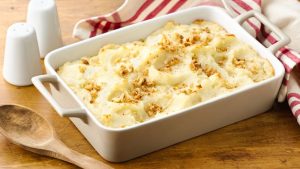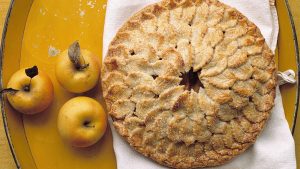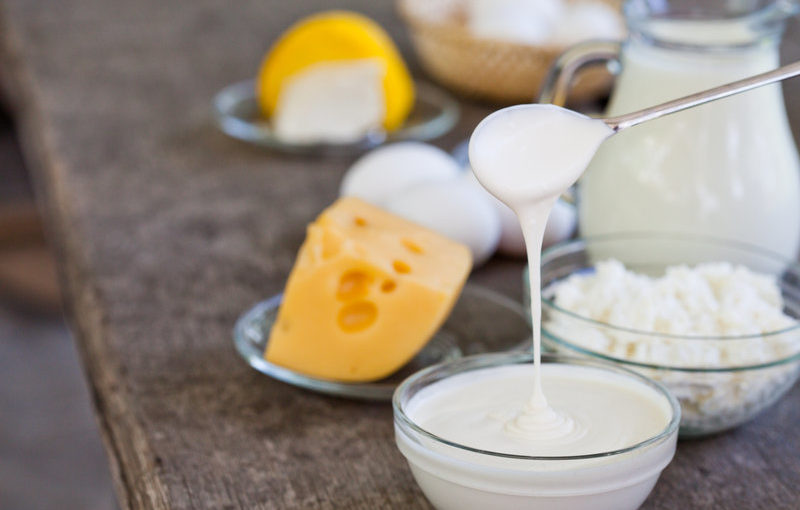
Probiotics are also known to be the good, aka health-promoting bacteria which are mostly found in different fermented food products such as kimchi, yogurt, and kombucha among others.
Probiotics are also found in our guts which are constantly trying to balance our bacteria towards the good ones.
They do that by fighting the bad bacteria and preventing them from overpowering our system and then causing different gastronomical symptoms, infections, and inflammation, all linked to diarrhea and the famous syndrome known as Irritable Bowel Syndrome.
On the other hand, Prebiotics aren’t considered to be living organisms but instead, they are fermentable fibers that our system is unable to properly digest.
Since these fibers are almost impossible for our stomachs to digest alone, the probiotics we consume come into action and ferment them into short-chain fatty acids. These acids are the ones that then provide us with all the good benefits.
Incorporating probiotics and prebiotics into your diet
There is no doubt that both of these elements are great for your health, however, if you’re like most of us, you probably don’t know how to properly incorporate them into your daily meal plan.
You should keep in mind that when it comes to the first element, probiotics, the most natural sources are yogurt and kimchi. Experts suggest going for these options instead of supplements.
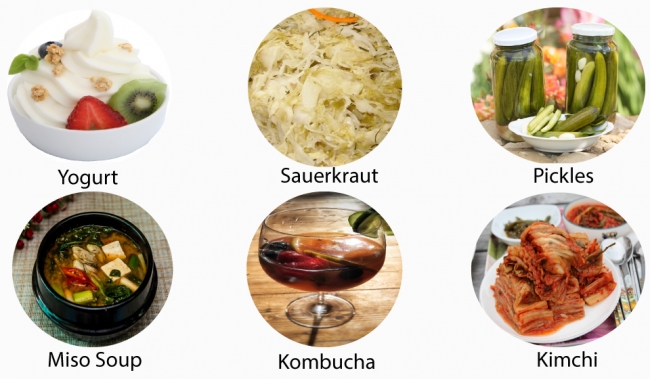
The main reason it’s because the probiotics in supplements, since they have nothing to eat and stay alive, they will eventually die and by the time you get to take the supplement, you’re practically taking zero of these good bacteria.
On the other hand, when taken directly from food sources, these bacteria are constantly feeding themselves with other nutrients a certain food contains such as carbs and sugars, and by the time you eat the products, they are strong and ready to start working on your system.
What about prebiotics?
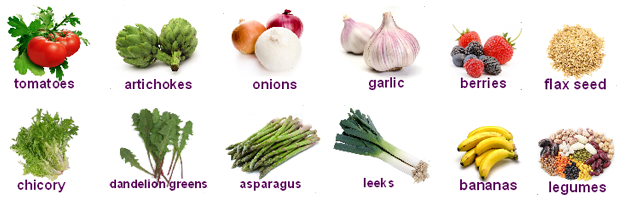
Just like probiotics, prebiotics should also be consumed through natural food and not through supplements.
Luckily, thanks to their high fiber content, onions, garlics, beans, and chicory roots among others, are a great source of prebiotics and you can find them almost everywhere.
Oats, legumes, and green bananas are also a great way to take these fibers.



